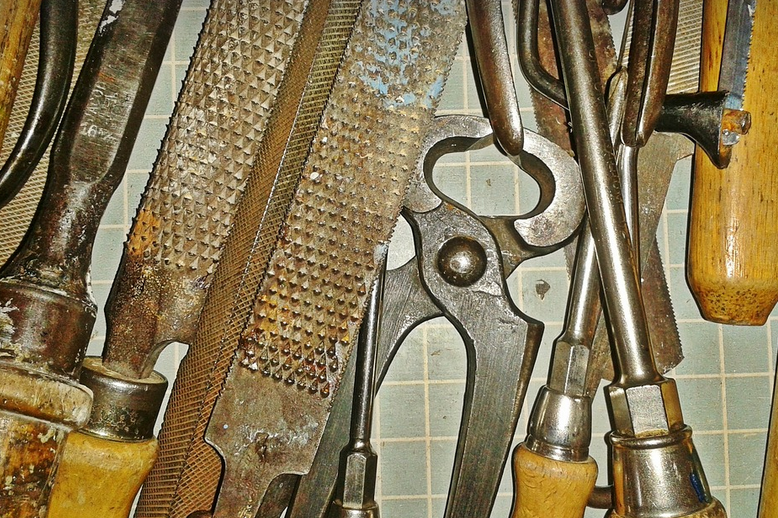A Simple Fix for a Common Problem
Let’s face it, dealing with car repairs can sometimes feel like navigating a minefield of technical jargon and intimidating tools. But replacing an axle seal doesn’t have to be a daunting task! This guide will walk you through the process step-by-step, empowering you to tackle this common maintenance issue with confidence.
What Is An Axle Seal?
An axle seal is a vital component of your car’s drivetrain. Its primary role is to prevent grease and lubricant from leaking out. Imagine it like a tiny gatekeeper ensuring smooth operation of your wheels. When this seal wears down or fails, it can cause significant problems, leading to friction-induced noise, reduced vehicle performance, and even costly repairs.
The axle seal is often situated where the differential (the spinning gear that transfers power) connects with the wheel axle. It’s typically made from a robust material like rubber or a special synthetic blend, designed to withstand constant pressure and movement.
Identifying Signs Of A Failing Axle Seal
Before diving into the repair, it’s crucial to first identify potential issues. While most car owners are aware of oil leaks, axle seals often leave subtle signs that can be easily missed. Look out for:
- **Grease Leaks:** You might notice a distinct oily residue beneath your car, especially when parked or driving over rough roads.
- **Noise:** If you hear a grinding or squeaking noise from the rear end of your vehicle when accelerating or turning, it could be a sign of a failing seal.
- **Reduced Performance:** Notice if your car struggles to accelerate or climb hills as smoothly as before. The lack of proper lubrication can affect driving performance.
Gather Your Tools and Materials
Before you start, ensure you have the necessary tools and materials. Here’s a short checklist:
* **New Axle Seal:** Choose the correct size and type for your car model (refer to your owner’s manual or online resources). * **Torque Wrench:** A crucial tool for tightening bolts to the specified torque, preventing damage and ensuring proper assembly. * **Jack Stands:** Provide a secure platform for lifting your vehicle while working on it. * **Wrench Set:** You’ll need wrenches of varying sizes for loosening and tightening various components. * **Rags or Shop Towels:** For cleaning grease and leftover residue, these are essential tools in the process.
Step-by-Step Guide to Replacing An Axle Seal
Now that you have your materials ready, let’s break down the process:
1. **Safely Lift Your Vehicle:** Place your car on a level surface and use jack stands for support. Refer to your owner’s manual for proper placement and procedures. Ensure the jack is securely positioned and never work under a vehicle supported only by a jack.
2.** Access The Axle Seal Area:
Locate the axle seal on the differential cover of your car’s rear end. It may require removing some components like the wheel or a small panel to access it.
3.** Remove Old Seal & Clean The Hole:
Using a small wrench, carefully loosen and remove the retaining clip holding the old seal in place. Then, use your fingertips to gently pry up the seal, taking care not to damage it or the surrounding area.
4.** Inspect For Damage/Wear:
After removing the old seal, carefully inspect its condition for any cracks, wear and tear, or loose spots. If you notice significant damage, consider replacing both the seal and the bearing housing to prevent further leaks.
Install The New Seal
5.** Lubricate The New Axle Seal:
Before placing the new seal into its designated housing, apply a thin layer of high-quality grease to the inside of the seal. This will help in preventing future leaks and ensuring smoother operation.
* **Align and Install:** Carefully align the new seal with the opening on the differential cover and gently press it into place. Ensure the seal is positioned correctly, following your car’s manual for specific instructions, if applicable. The retaining clip should go back in its proper position.
* **Tighten Bolts to Proper Torque:** Once the new seal is installed, use the torque wrench to tighten the bolts holding the cover securely. Follow your owner’s manual for the recommended tightening torque.
Final Steps and Tips for Success
* **Lower vehicle from jack stands:** Now that the axle seal has been replaced, it’s time to lower the car. Take extra care when working around the rear end of the vehicle as the weight shift can be unpredictable.
* **Check for Leaks:** Inspect the area around the new seal and confirm that there are no leaks or grease dripping from the newly installed axle seal. If you find any, apply additional lubrication to the edges of the seal.
* **Consult Your Manual:** If you ever encounter any difficulties or have further questions about your specific car model, remember to refer to your owner’s manual for detailed instructions and advice.
Congratulations! You’ve successfully replaced an axle seal, returning your vehicle’s drivetrain back to its optimal performance.
